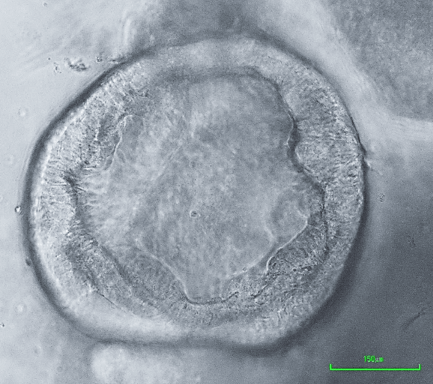Our long-term goal is to understand how aberrations in molecular and cellular mechanisms governing tissue development and regeneration may lead to cancer initiation and progression. We are particularly interested in understanding the role of stem cell niches and cell states in ovarian and endometrial carcinogenesis.

Our work is based on a combination of genetically modified mouse models, normal and neoplastic human organoids, single cell transcriptomics and 3D imaging. Successful animal models are expected to have features common with human disease, such as molecular mechanisms, course of neoplastic progression, including metastasis, competent immune system, and involvement of identical cell lineages and tissues. To address these requirements, we have prepared mouse models carrying alterations in commonly mutated in human cancers tumor suppressor genes, such as p53 (Trp53, TP53) and Rb (Rb1, RB1), Pten and miR-34 (miR-34a and miR-34b/c). Our laboratory established the first autochthonous mouse model of high-grade serous ovarian carcinoma and identified transcriptional regulation of miR-34 family genes by p53. We reported the common downregulation of miR-34 in ovarian cancer and demonstrated the critical role of the p53/miR-34/Met feed-forward loop in regulating cell motility and invasion. We also identified a novel cancer-prone stem cell niche in the ovarian surface epithelium, described preferential expression of the stem cell marker LEF1 in tubal-peritoneal junctions and tubal intraepithelial lesions, developed a mouse model of serous endometrial carcinoma associated with p53 and Rb deficiency, and discovered a pre-ciliogenic cell state in the uterine (Fallopian) epithelium that predisposes to ovarian cancer. Beyond ovarian and endometrial cancer research, our laboratory has developed new mouse models of metastatic prostate cancer, luminal subtype B mammary carcinoma, undifferentiated high-grade pleomorphic sarcoma, and gastric squamous-columnar junction carcinoma. These models have provided critical conceptual and technical insights into stem cell biology and genomics and have contributed to the development of the concept of stem cell pathology. Our research is enriched by collaborations with developmental biologists and cross-disciplinary partnerships in technology-driven fields such as nonlinear microscopy, intravital imaging, nanotechnology, and high-throughput single-cell profiling.